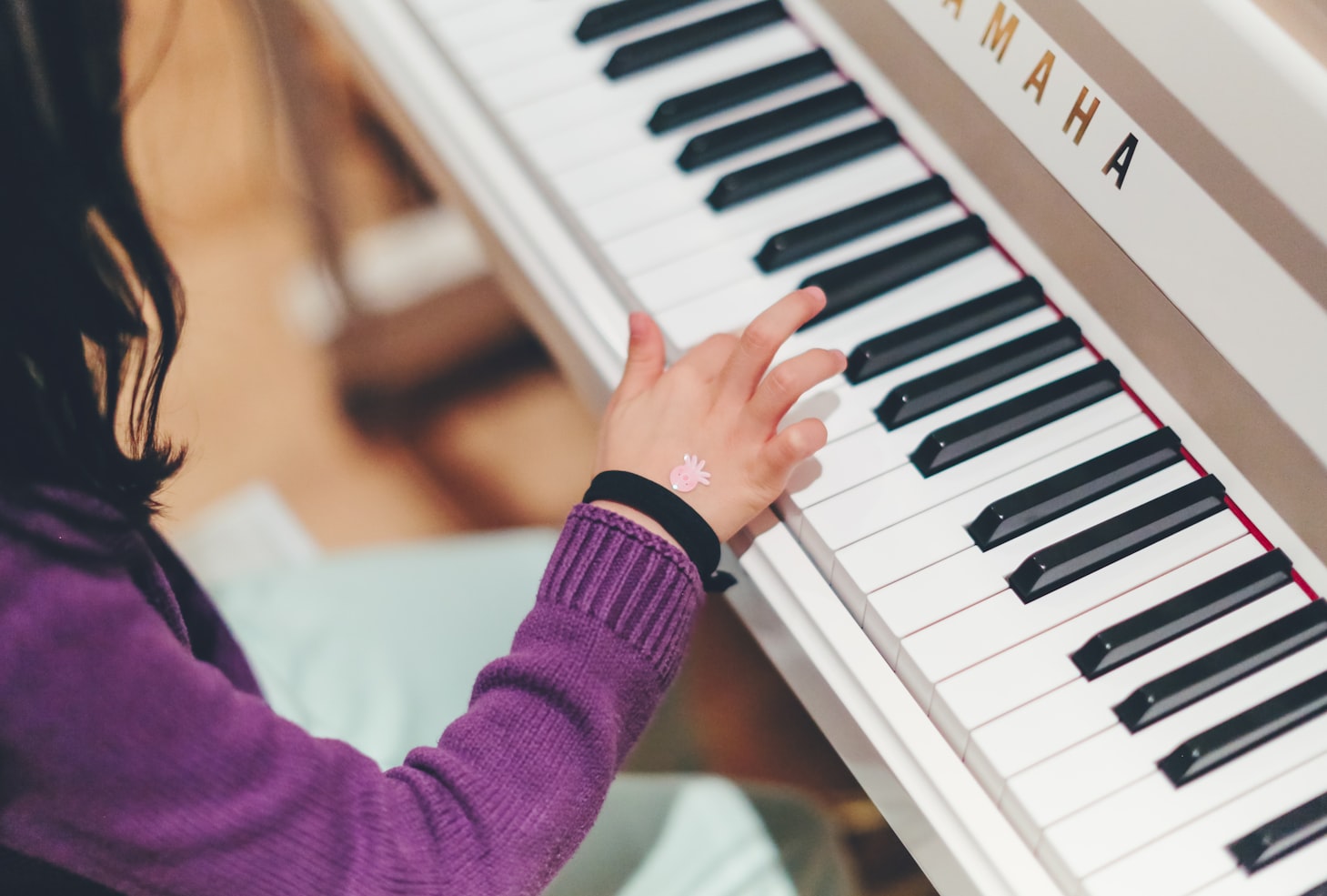Music, with its power to evoke emotions and ignite passion, has been a cornerstone of human culture for centuries. Among the myriad of instruments, the piano stands as an icon of musical expression and sophistication. Learning to play the piano not only enriches one’s life with the joy of music but also cultivates discipline, creativity, and cognitive abilities.

In Australia, a country with a vibrant musical tradition, the pursuit of piano mastery is a journey many embark upon. However, one question that often arises for aspiring pianists is the cost of piano lessons. In this blog, we delve into the intricacies of piano lesson costs in Australia, exploring factors that influence pricing, the range of fees across different regions, and budgeting tips effectively.
Understanding the Factors Influencing Piano Lesson Costs
Piano lesson costs can vary widely depending on a multitude of factors. Understanding these factors is essential for prospective students and parents looking to invest in piano education.
- Instructor Qualifications: The qualifications and experience of the piano instructor significantly impact the cost of lessons. Highly qualified instructors with extensive experience and credentials may charge higher rates compared to those who are relatively new or less experienced.
- Lesson Duration and Frequency: The length and frequency of piano lessons also play a crucial role in determining costs. Typically, lessons range from 30 minutes to one hour, with weekly or bi-weekly sessions being common. Longer and more frequent lessons generally incur higher fees.
- Location: The cost of living and demand for piano teachers vary across different regions in Australia. Urban centres such as Sydney and Melbourne often have higher living expenses, which can translate to higher lesson fees. In contrast, regional areas may offer more affordable options.
- Studio vs. In-home Lessons: Some piano teachers conduct lessons in their studios, while others offer in-home lessons, where the instructor travels to the student’s residence. In-home lessons may come with additional travel expenses, impacting the overall cost.
- Additional Expenses: Beyond lesson fees, students may need to factor in the cost of learning materials such as sheet music, method books, and practice aids. Recital fees, exam fees for graded examinations, and instrument maintenance costs are also considerations for piano students.
Examining Piano Lesson Costs Across Australia
To gain insights into the range of piano lesson costs across Australia, let’s explore the pricing landscape in major cities and regional areas.
Sydney:
- As Australia’s largest city and a cultural hub, Sydney offers a diverse array of piano teachers and studios catering to students of all skill levels. In Sydney, the average cost of a 30-minute private piano lesson ranges from AUD 40 to AUD 70, while hour-long sessions can cost between AUD 70 and AUD 120.
Melbourne:
- Melbourne, known for its vibrant arts scene, boasts a plethora of piano instructors and music schools. The average cost of a 30-minute private piano lesson in Melbourne falls within the range of AUD 35 to AUD 60, with hourly rates spanning from AUD 60 to AUD 100.
Brisbane:
- In Brisbane, the capital of Queensland, piano lesson costs are generally slightly lower compared to Sydney and Melbourne. Students can expect to pay around AUD 30 to AUD 50 for a 30-minute lesson, while hourly rates range from AUD 50 to AUD 90.
Perth:
- Perth, located on the western coast of Australia, offers a diverse music education landscape. The average cost of a 30-minute private piano lesson in Perth is approximately AUD 30 to AUD 50, with hourly rates ranging from AUD 50 to AUD 80.
Adelaide:
- In Adelaide, South Australia’s capital, piano lesson costs are relatively consistent with other major cities. Students can anticipate paying between AUD 30 and AUD 50 for a 30-minute lesson, while hourly rates range from AUD 50 to AUD 90.
Tips for Budgeting and Maximizing Value
Navigating the world of piano lessons can be daunting, but with careful planning and consideration, students can make the most of their investment in music education. Here are some tips for budgeting and maximizing value:
- Research and Compare: Take the time to research different piano teachers and music schools in your area. Compare their qualifications, teaching styles, and pricing structures to find the best fit for your needs and budget.
- Consider Group Lessons: Group piano lessons, where multiple students learn together in a class setting, can be a cost-effective alternative to private lessons. While individualized attention may be limited, group lessons offer the opportunity for peer learning and collaboration.
- Explore Online Lessons: With advancements in technology, online piano lessons have become increasingly popular and accessible. Consider exploring online platforms and virtual instructors, which may offer competitive rates and flexible scheduling options.
- Communicate with Your Instructor: Establish open communication with your piano instructor regarding your goals, expectations, and budget constraints. They may be willing to tailor lesson plans or offer discounts for bulk bookings, especially for committed students.
- Invest in Practice: Remember that consistent practice is key to progress in piano playing. Allocate time and resources for regular practice sessions, and consider investing in a quality instrument or digital piano for home practice.
Are 30-Minute Piano Lessons Worth It?
Whether 30-minute piano lessons are worth it depends on various factors, including the individual student’s goals, learning style, and the quality of instruction provided during the lessons. Here are some considerations to help determine if 30-minute piano lessons are suitable:
- Time Commitment: For beginners or students with busy schedules, 30-minute lessons can be a practical option. They offer a manageable time commitment that fits well into tight schedules, making it easier to incorporate regular practice sessions.
- Attention Span: Younger children or students with shorter attention spans may find 30-minute lessons more suitable. The shorter duration allows for focused instruction without overwhelming the student.
- Cost-Effectiveness: 30-minute lessons are often more affordable than longer sessions, making them a budget-friendly option for those with financial constraints. However, it’s essential to consider the quality of instruction relative to the cost.
- Lesson Content: The effectiveness of 30-minute lessons largely depends on how efficiently the time is utilized. A skilled instructor can cover fundamental concepts, technique exercises, and repertoire selection within the allotted time, ensuring a well-rounded learning experience.
- Supplementary Practice: Since time during lessons is limited, students may need to dedicate additional practice time at home to reinforce concepts and improve skills. Regular practice outside of lessons is crucial for progress, regardless of lesson duration.
- Progress and Skill Development: While 30-minute lessons may suffice for beginners or casual learners, more serious students or those aiming for advanced proficiency may benefit from longer sessions. Longer lessons allow for deeper exploration of musical concepts, repertoire, and technique refinement.
- Individual Preferences: Ultimately, the suitability of 30-minute piano lessons depends on individual preferences and learning styles. Some students thrive in shorter, focused sessions, while others may prefer longer lessons for more in-depth instruction.
It’s essential to communicate openly with the piano instructor regarding goals, expectations, and preferred lesson duration. Additionally, periodically reassessing progress and adjusting lesson duration or frequency as needed can ensure that the learning experience remains engaging and effective.
While 30-minute piano lessons may not be ideal for everyone, they can be a valuable and practical option for many students, particularly beginners or those with busy schedules. The key is to prioritize quality instruction, consistent practice, and effective communication to maximize the benefits of piano lessons, regardless of duration.
Conclusion
Piano lessons serve as a gateway to a world of musical discovery and personal growth. While the cost of piano education in Australia varies depending on numerous factors, it is ultimately an investment in one’s passion and development.
By understanding the factors influencing lesson costs, exploring pricing trends across different regions, and adopting smart budgeting strategies, aspiring pianists can embark on their musical journey with confidence and purpose. Whether pursuing music as a hobby or aspiring for professional excellence, the joy of playing the piano knows no bounds, enriching lives and inspiring hearts along the way.
Learn more about the piano lesson cost by simply clicking it.
